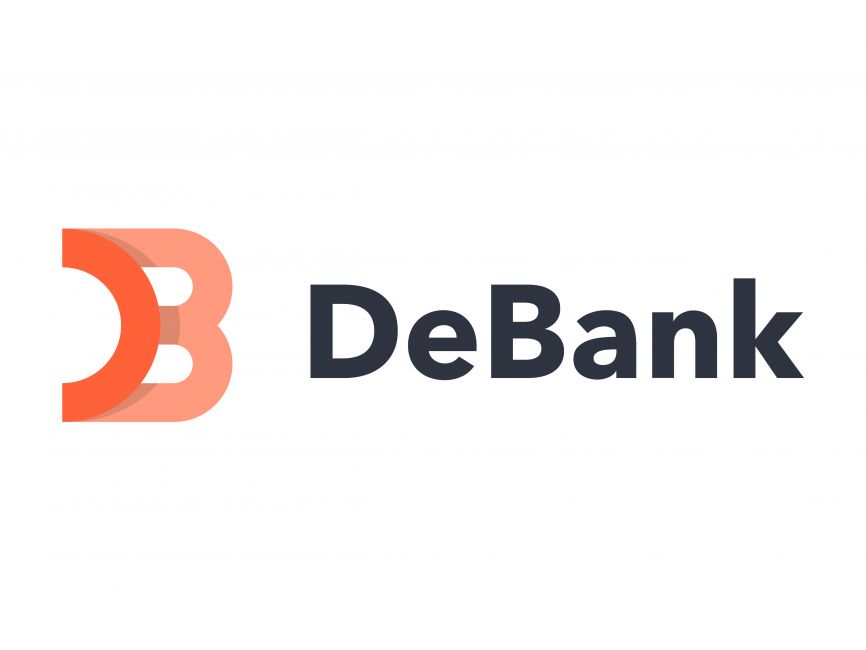Whoa! Ever tried juggling your DeFi investments spread over multiple blockchains? Yeah, it’s like herding cats sometimes. At first glance, you might think, “Eh, a spreadsheet will do.” But then reality hits — with dozens of liquidity pools, staking contracts, and random airdrops, keeping tabs becomes a full-time job. I swear, something felt off about relying on fragmented data sources alone.
Here’s the thing: DeFi’s growth exploded beyond Ethereum into chains like BSC, Polygon, and Avalanche, making it downright confusing to get a unified view. Tracking liquidity pool positions? Cross-chain analytics? That’s a tall order without the right tools. Initially, I thought manual tracking was manageable, but after missing an impermanent loss event and a surprise yield boost, I knew I needed a better approach.
So, I dove into portfolio trackers specialized for DeFi. These platforms promise to consolidate your positions, show real-time valuations, and even analyze cross-chain liquidity. But do they deliver? On one hand, some trackers claim impressive integrations; on the other, they often lag on supporting newer protocols or chains. Actually, wait—let me rephrase that—I found some trackers that do a decent job but often at the cost of clunky interfaces or delayed updates.
Among them, the debank official site caught my attention. What’s cool is how it stitches together your wallet data across multiple chains, giving you a snapshot of your entire DeFi footprint in one place. Plus, it offers liquidity pool tracking that updates in near real-time, which was a total game changer for me.
Really? Yep. And the analytics don’t just stop there. Debank’s cross-chain analytics help identify where your funds are performing best, factoring in gas fees and yield differences. It’s like having a DeFi dashboard that thinks with you, not just spits out numbers.

Why Liquidity Pool Tracking Is a Must-Have
Okay, so check this out—liquidity pools are the backbone of DeFi yield farming, but their value can shift wildly due to impermanent loss, price volatility, or changes in total pool size. Many folks dive in without fully grasping how their LP tokens fluctuate in value, and that bugs me. I’ve seen friends lose gains simply because they didn’t monitor their pooled assets closely.
Liquidity pool trackers provide insights about your share of the pool and how it changes over time. They often integrate price feeds and calculate real-time impermanent loss, which is super important. Without it, you’re flying blind. Sometimes I wonder if the thrill of yield farming convinces people to overlook these risks, though—there’s definitely a gap in education here.
On top of that, cross-chain liquidity adds layers of complexity. Your LP tokens might be on different chains, and tracking them separately leads to fragmented insights. This is where cross-chain analytics step in, bridging data from various blockchains, normalizing valuations, and alerting you to opportunities or risks.
Debank’s interface makes this surprisingly easy. It aggregates liquidity pool data across Ethereum, BSC, Polygon, and more, giving you a consolidated view. I’m biased, but it’s one of the more intuitive platforms I’ve tested that doesn’t sacrifice depth for usability.
Hmm… though actually, no tool is perfect. I still catch occasional sync delays or missing new protocols. It’s a fast-moving space. But having a centralized spot to monitor and analyze your LP positions, complete with cross-chain data, beats juggling multiple apps or wallets.
Cross-Chain Analytics: The New Frontier
Something else: cross-chain analytics aren’t just about portfolio tracking—they’re about strategy. You want to know where your capital performs best after gas, slippage, and protocol risks. Is staking on Polygon yielding more net returns than on Avalanche? Are there better liquidity pools on a less obvious chain? These questions are tough without good data.
My instinct said that the answer lies in leveraging tools that synthesize blockchain data at scale. Debank’s approach to this is pretty slick—it pulls transaction histories, token balances, and LP shares from multiple chains, then calculates your positions’ current worth. It even flags new farming opportunities and tracks your historical performance across all connected wallets.
At first, I thought this was just a flashy dashboard. But after several weeks using it, I realized it helped me avoid costly mistakes like chasing yields on chains with unexpectedly high fees or missing out on lucrative liquidity mining programs. It turned what felt like a guessing game into something more data-driven.
And oh, by the way, it integrates with popular wallets seamlessly, so no tedious manual input. That convenience isn’t trivial—it saves time and reduces errors.
Still, I’m not 100% sure about its coverage of every niche protocol, especially the newer ones popping up weekly. But it’s improving constantly, which is what you want in this space.
Final Thoughts: Is a DeFi Portfolio Tracker Worth It?
Let me be honest—it depends on your activity level and risk tolerance. For casual holders, a simple wallet explorer might suffice, though it quickly becomes overwhelming as your positions grow. For active DeFi users juggling multiple pools and chains, a robust tracker is almost necessary.
Tracking tools like the one found on the debank official site empower users to see the big picture, manage risk, and optimize yields. That said, always remember no tool replaces your due diligence.
So yeah, if you’re deep in DeFi, these portfolio and liquidity pool trackers aren’t just nice-to-have—they’re essential. They help you keep up with complexity that’s only going to increase. And honestly, I’m pretty excited to see how cross-chain analytics evolve as interoperability improves.
Well, I guess that’s where I’m at for now—still learning, still tweaking my setup, but definitely feeling more in control. Maybe you’ll find it useful too.
